Mahindra TUV300 Review, First Drive
Built on the strengths of the Scorpio, the Mahindra TUV300 is the carmaker's bet for the compact SUV segment. And with oodles of street presence, frugality, and space, it has a lot going for it as well.
With the compact SUV segment getting increasingly competitive, Mahindra unveils its latest offering – the TUV, or Tough Utility Vehicle as they like to call it!
Mahindra knows a thing or two when it comes to utility vehicles for the Indian market. And with the compact SUV segment busier than ever before, the homegrown car maker has deployed its offering to take on established rivals. Badged as the TUV300, this new Mahindra uses its domestic advantage of local parts sourcing and development to keep its retail prices in check. Priced between Rs. 6.90 lakh to Rs. 9.12 lakh (ex-showroom Pune), the TUV300 is the most affordable compact SUV on sale in India. But we have seen that price alone is not enough for a vehicle to pose a threat to its rivals.
We went for a short drive during the launch of the Mahindra TUV300 to see if it really has what it takes to compete against its rivals.
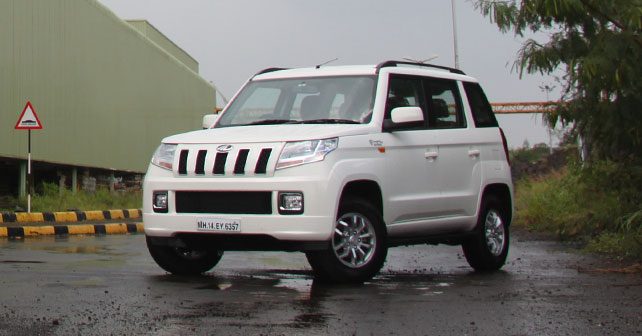
Exteriors
Mahindra has worked hard to give the TUV300 a butch stance that will suit the tastes of SUV buyers. And it has to be said that has achieved success here to a great extent. I may not be the biggest fan of its front end design with its somewhat flat stance considering its rectangular air dam in the bumper, square fog lamp housings, plane-jane five-slat grille, subtle power dome and somewhat angular head lamp design. But the overall profile of the TUV is a well balanced one.
The side profile has more character with the raked pillars, black B and D-pillars, prominent shoulder line and some character lines running along the lower section of the car. What has the potential to look outdated sooner though are those wheel arches that aren’t as curved as they should be.
Around the back, the TUV has a nicely carved out bumper, proportionate tail lamps, tail gate mounted spare wheel with cover and a rear window with thick black borders like on the Scorpio and XUV500.
The size of this vehicle also has a lot to do with its affordability as the TUV300 measures in under four meters in length. And with an engine under the 1,500cc mark, the TUV avails lower duties applicable for compact cars in India.
This compact SUV is 3,995mm long, 2,680mm wide, 1,839mm tall and has a ground clearance of 190mm.
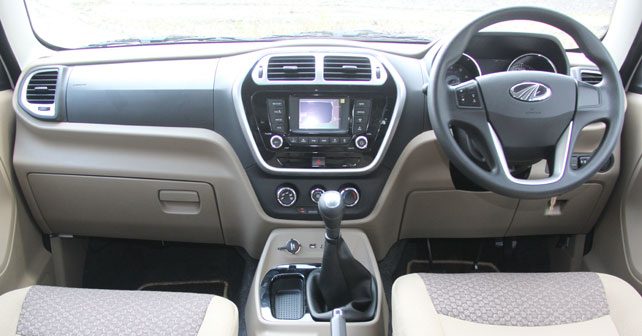
Interiors
This is where Mahindra has really stepped up their game as the interiors of the TUV300 feel modern in every way. The seats are better than those on the Quanto. The dual tone dashboard looks quite funky with a black inlay running along the centre of the otherwise beige dash board. The air vents have silver surrounds with scroll controls. The centre console itself also has a silver outline and besides the centre air vents, houses a double-DIN stereo with Bluetooth connectivity and steering mounted audio controls.
The HVAC controls are placed below and the air conditioning system has an eco mode that can cut out the compressor at times to save fuel. Quality of switch gear is rather good in most parts. It’s only the HVAC knobs that could feel more solid in their operation. The floor console between the front seats is a wide one, housing storage spaces and cup holders. A front power socket is placed right at the front along with the USB port, while there is another power socket right at the back for rear seat passengers. The power window switches are housed in the centre left side beside the gear lever, like in the original Scorpio.
The steering wheel is a good looking four spoke unit with silver inserts and the Mahindra logo placed prominently in the centre. The instrument binnacle has two clear clock faces for the speedometer and rev counter on either side, while a driver information display is housed in the center.
While the front and rear seats offer good comfort with decent leg room for rear seat occupants, the same can’t be said about the third row jump seats. These have a bolt upright seating position and little in terms of bolster support or under thigh support. These are best used for short trips and are more suitable for children, as two adults seated face to face will be battling for leg space here. Fold these seats away and you get a boot space of 384 litres.

Engine and Gearbox
Mahindra has redeveloped its 1.5 litre, three cylinder, diesel engine for the TUV300. After an investment of Rs 200 crore, the unit has a new crank case, manifold, dual mass fly wheel and a sixth generation twin scroll turbo charger. The bore and stroke remains the same as that of the Quanto’s engine. The m-Hawk 80 unit in the TUV is capable of developing a maximum power output of 84 bhp @ 3,750 rpm and 230Nm of peak torque between 1,500 rpm and 2,250 rpm.
The end result is that the engine feels very refined at low revs and very smooth as well. Power delivery is linear too and it genuinely feels like a modern powertrain. Engine noise is low at idle and low revs too. It’s when you go heavier on the throttle that the short comings of this new engine become evident. There is a fair bit of turbo lag below 1,500 rpm till the turbo kicks in.
The mid range is where this engine is the happiest and pulls cleanly. As the revs climb though the engine gets noticeably loud. With the tacho needle sweeping past the 3,500 rpm mark, the engine begins to get strained. Even though, the oil burner will rev past the 4,250 rpm mark, there is little use in going there as the engine is simply not happy at those revolutions.
The engine in the Mahindra TUV300 is mated to a five-speed manual transmission while there is also an option of an automated manual transmission that has been developed with Ricardo. The car we drove was equipped with the manual gearbox. Like in the Scorpio, this transmission has long throws but is a tad notchier in this application. The clutch is quite heavy in the TUV and this can become an issue in stop start traffic.
Speaking of stop start traffic, the TUV300 comes fitted with idle stop / start technology that shuts off the engine in traffic conditions when the vehicle comes to a halt. Depress the clutch pedal and the engine comes back to life. Another thing I noticed was that while turning the engine off, there is a fair bit of NVH that comes into play and the gear lever does a bit of a dance. Something that is associated with bigger diesel engines. There is also an Economy mode that helps increase fuel efficiency to an ARAI claimed 18.49 km/l. Although, I did not have a chance to try it out during the brief drive on Mahindra’s test track inside its Chakan manufacturing plant.
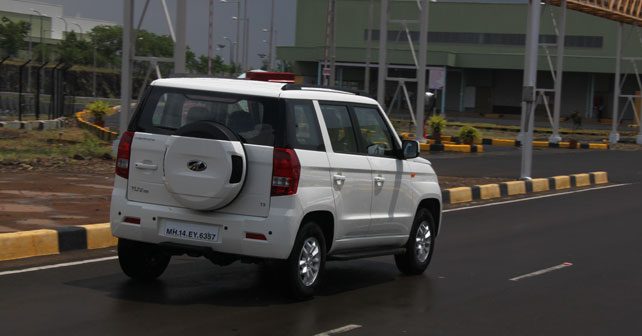
Ride and Handling
Under pinned by Mahindra’s third generation ladder frame chassis that is also serving the current Mahindra Scorpio, the new TUV300 has double wishbone front suspension and a multi-link rear suspension with a rigid axle. The end result is nimble drive dynamics at low speeds. It’s a breeze to maneuver this buggy in tight confines. Having said that, the rear parking sensors do help as visibility out of the high set rear window is limited. More so with that spare wheel hanging on the right side of the tail gate.
Anyway, back to the handling bit. In a straight line, the TUV does well at high speeds. Although, it did get a bit unnerved at around 120 km/h over some minor undulations on the tarmac. It was pouring on the Chakan track, but the TUV300 remained fairly confident around bends and took some of the banked sections rather well. Although, I wasn’t really pushing it considering how wet it was out there. But the TUV held its own overall. There is some amount of body roll around corners at speeds of about 65 km/h. The 215/75 R15 tyres provide adequate traction. But that was about it. Otherwise the TUV’s suspension behaved really well and the ride over some of the speed breakers was in fact quite cushioned and comfortable.
Braking is provided by discs up front and drums at the rear. The brakes, while effective lack adequate feedback and feels a bit spongy at a higher threshold till the ABS kicks in. A nice safety touch is that the hazard lamps come on under hard braking.
Safety
Mahindra has to be commended for offering anti-lock brakes with electronic brake force distribution and dual front airbags as an option even on base variants of the TUV300. The top-end variants of course get them as standard. The car also comes ready for India’s upcoming crash norms that will come into play in 2017. The compact SUV features with impact beams, crumple zones and a reinforced cabin skeleton to keep its occupants safe in the event of a crash.
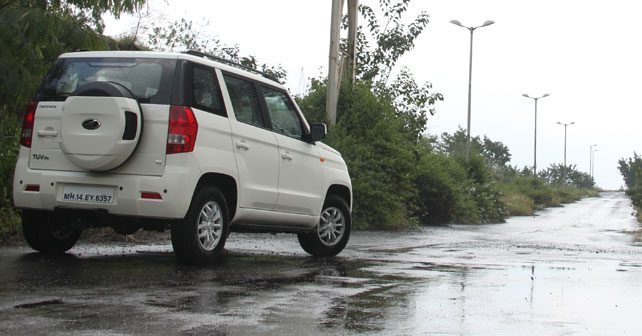
Verdict
Having examined the contents inside the box after its alluring sticker price, I am happy to report that the TUV does seem to hold promise for Mahindra. Not only is it the most affordable among its rivals, but it is also decently equipped, spacious, well engineered and fuel efficient. It is nimble to drive at low speeds, feels fairly refined at low to average speeds, it is decently styled and has a somewhat butch appeal that will go down well with its customer base.
While this first drive was limited in driving conditions, a thorough road test will reveal the real world drivability of the vehicle along with a better experience of ride comfort,handling and high speed manners.
Find our variants and prices here - Mahindra TUV300 launched at Rs. 6.90 lakh
Engine: 1,493cc / 3 cylinders
Fuel Type: Diesel
Transmission: 5-speed manual & 5-speed AMT / Rear-Wheel Drive
Power: 84bhp @ 3,750 rpm
Torque: 230Nm @ 1,500 - 2,200 rpm
Fuel Efficiency (ARAI): 18.49 km/l
Fuel tank size: 60 litres
Front Suspension: Double Wishbone
Rear Suspension: Multi-link setup with rigid axle
Front Brakes: Discs
Rear Brakes: Drums
Tyre Size: 215/75 R15
Seating capacity: 5+2
Boot space: 384 litres



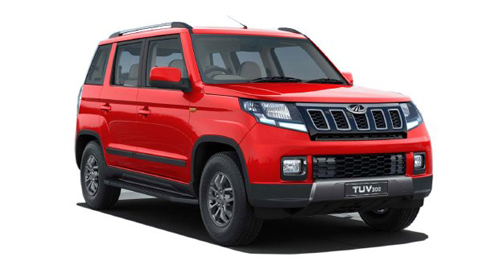



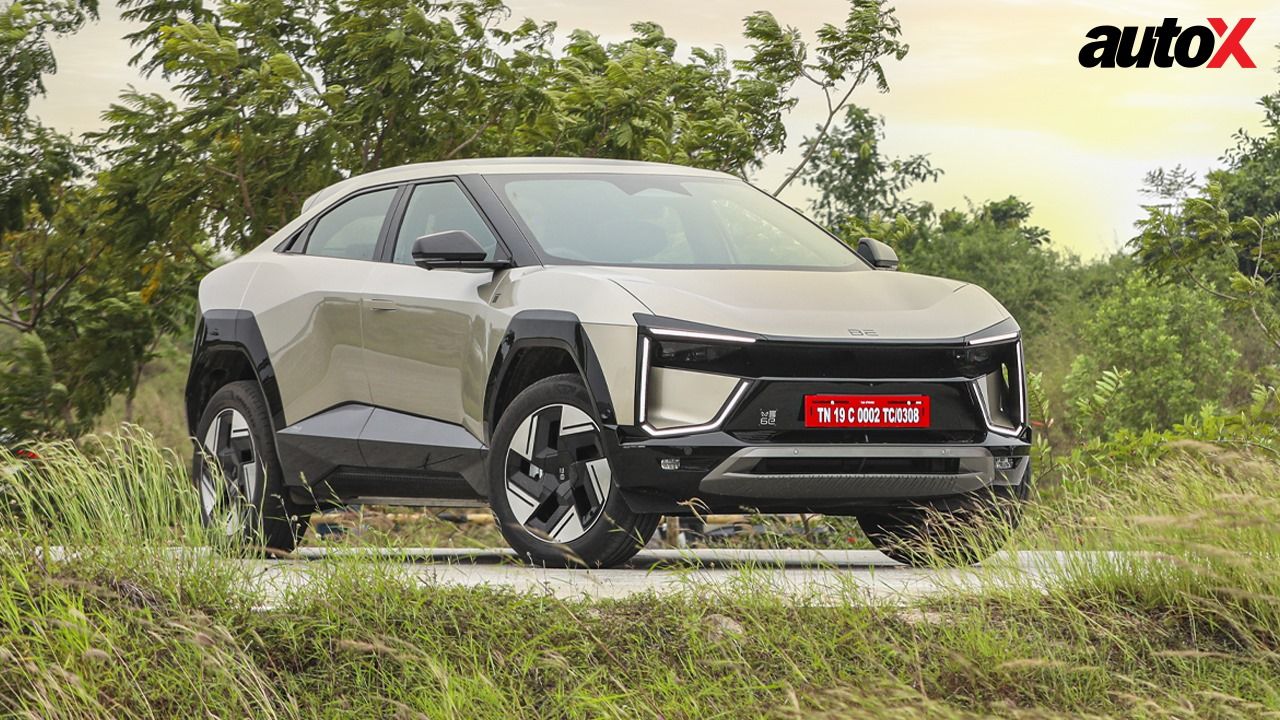

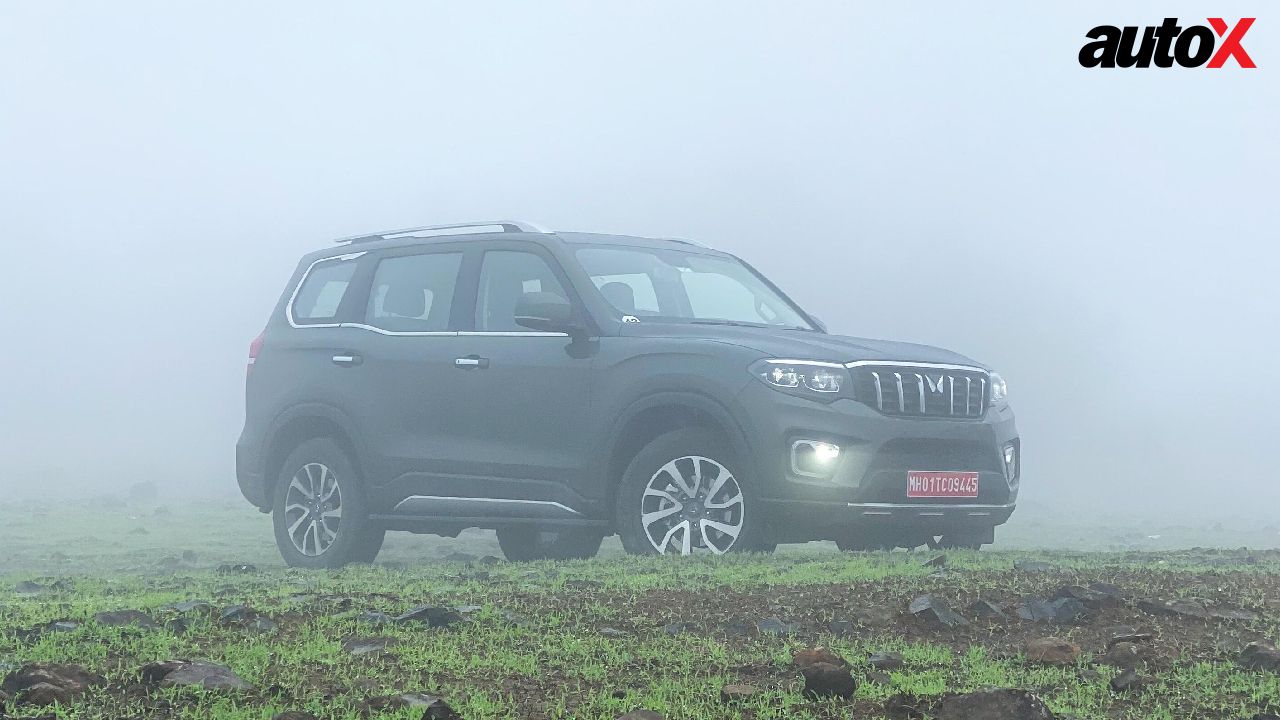
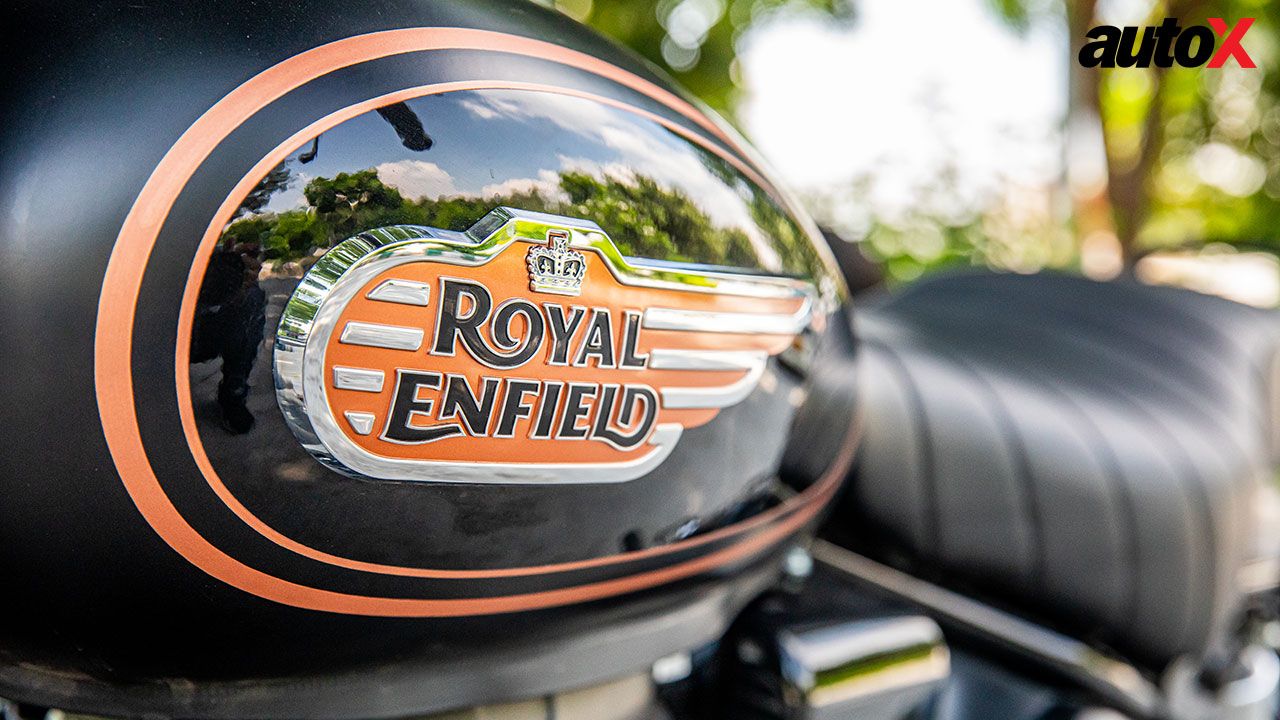

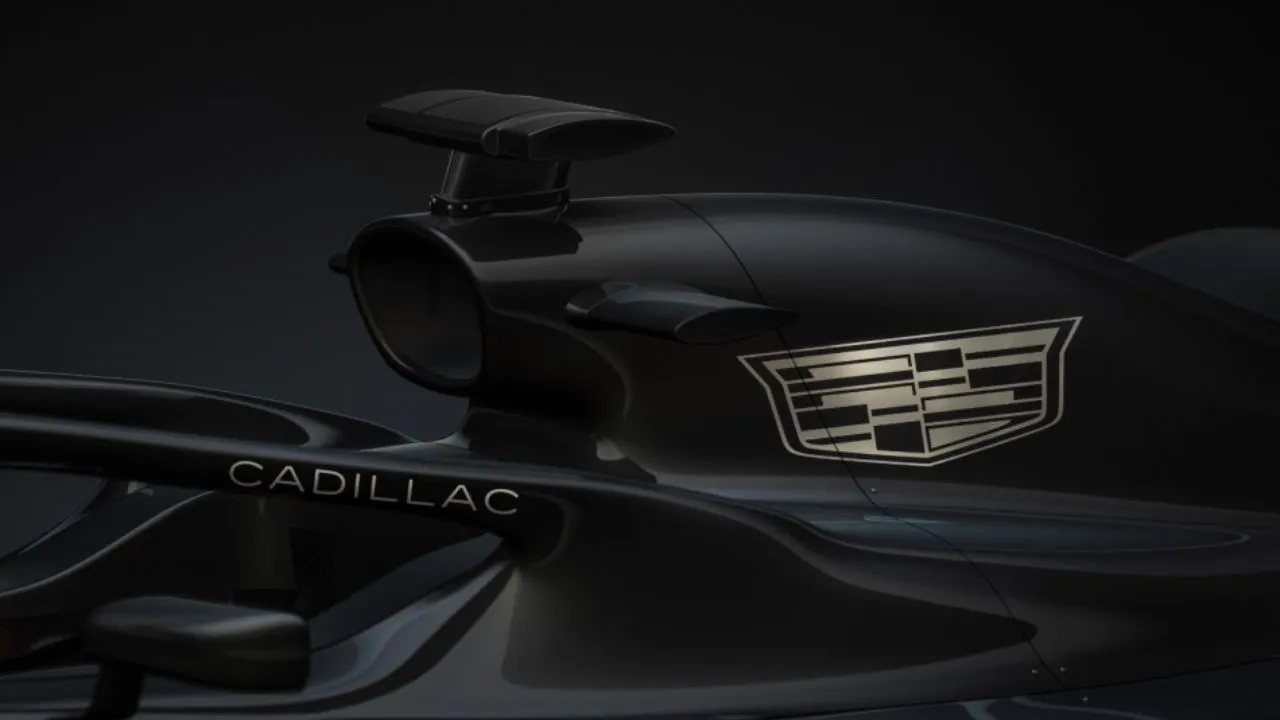

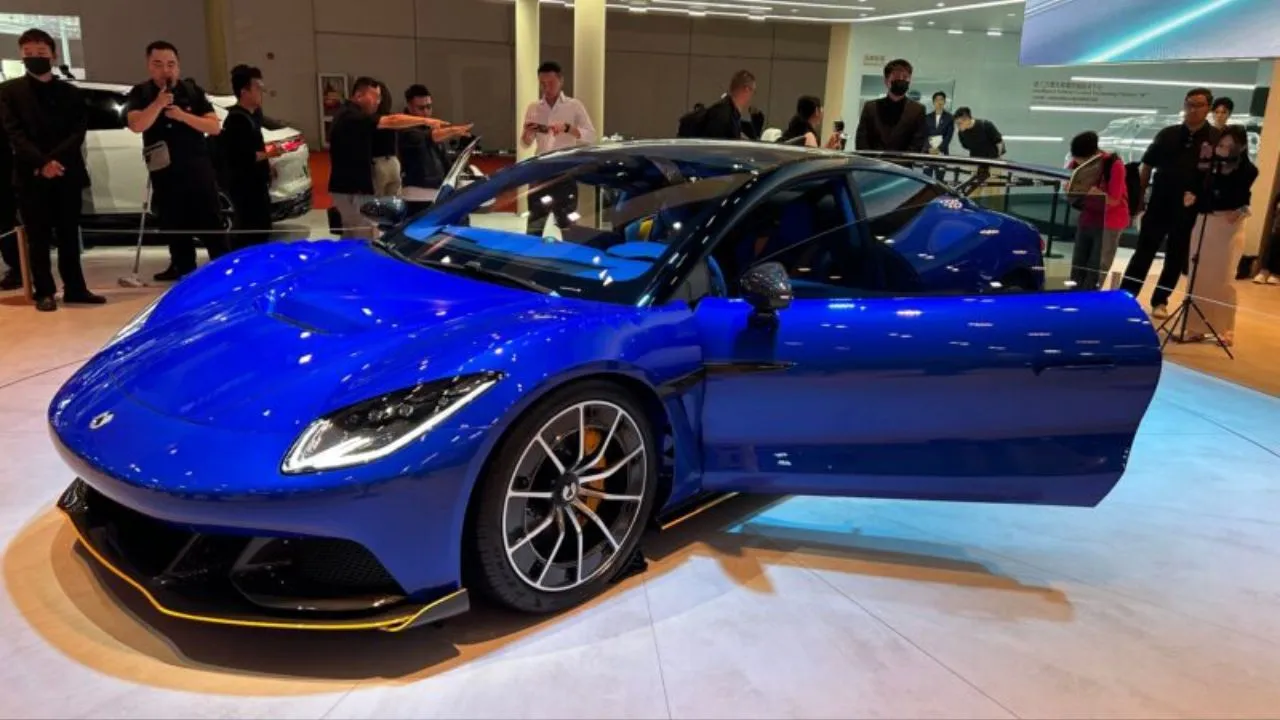














Write your Comment on